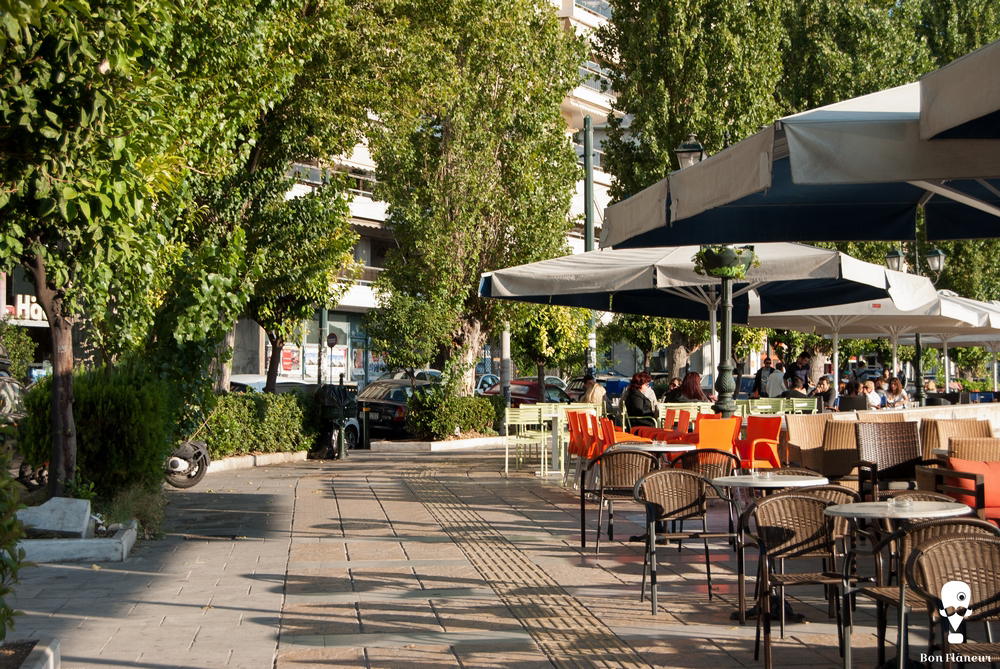Piraeus- Passalimani
Piraeus is the largest port in the country and one of the largest of the Mediterranean.
Location
Timeline
Modern and Contemporary era (1821 - )
In the first decades of the 20th century, a "city-port-industry" arc had been formed, which started from the urban centre of Piraeus, continued at the port and ended in the industries of Drapetsona. With the arrival of the refugees from Asia Minor, Piraeus turned into a vast place with tents. In the following decades, Piraeus expanded rapidly.













Share